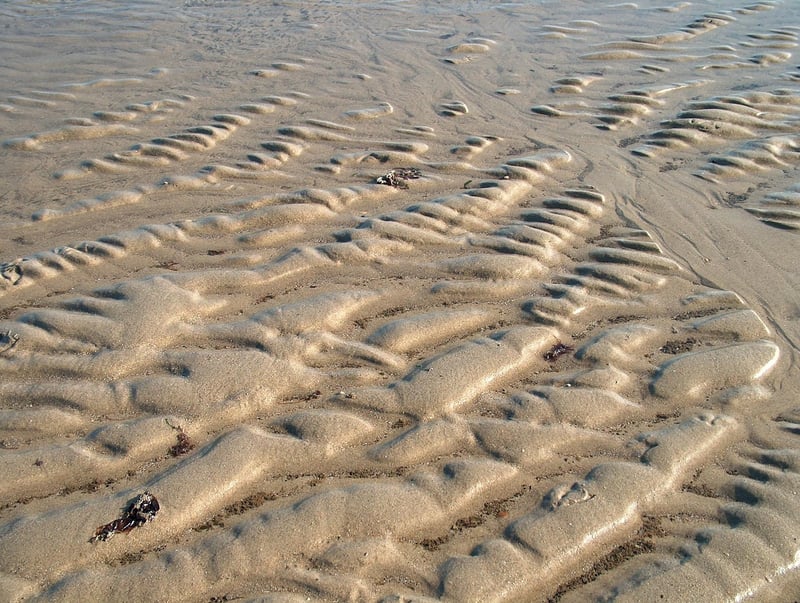Space-Time Continuum
Exploring Exciting Time Disruptions in the Space-Time Continuum
Time disruptions, a fascinating concept often depicted in science fiction, have long captured the imagination of both scientists and enthusiasts. In the realm of theoretical physics, the idea of disruptions in the space-time continuum presents a plethora of mind-bending possibilities.
Understanding the Space-Time Continuum
The space-time continuum is a fundamental concept in physics that combines the three dimensions of space with the fourth dimension of time into a single four-dimensional continuum. This framework, introduced by Albert Einstein's theory of General Relativity, describes the interwoven fabric of space and time, where massive objects like planets and stars create curves that dictate the motion of objects within this continuum.
Types of Time Disruptions
Time disruptions come in various forms, each with its unique implications:
- Time Dilation: According to Einstein's theory of Special Relativity, time can dilate or contract based on an object's speed or gravitational field strength. This phenomenon is commonly observed in high-speed travel or near massive celestial bodies.
- Wormholes: Theoretical passages through space-time that could create shortcuts for long journeys across the universe. Wormholes connect two separate points in space and potentially allow for time travel.
- Closed Timelike Curves: Hypothetical paths through space-time that loop back on themselves, theoretically allowing for time travel to the past. The existence of closed timelike curves is yet to be proven.
The Grandfather Paradox
One of the most famous thought experiments related to time disruptions is the Grandfather Paradox. It posits a scenario where a time traveler goes back in time and prevents their grandfather from meeting their grandmother, thereby preventing the time traveler's own birth. This paradox raises questions about the consistency and causality of time travel.
Visualizing the Concepts
Imagining these complex concepts can be challenging, but visual representations often help in understanding. Here are some illustrations to aid in visualizing time disruptions:


Conclusion
Time disruptions in the space-time continuum offer a captivating realm of exploration for scientists and enthusiasts alike. While these concepts may currently reside in the domain of theory and speculation, ongoing research and technological advancements continue to push the boundaries of our understanding of time, space, and the interconnected nature of the universe.
Embrace the mystery and wonder of time disruptions, and who knows—perhaps one day, we may unlock the secrets of traversing the fabric of space-time itself.
